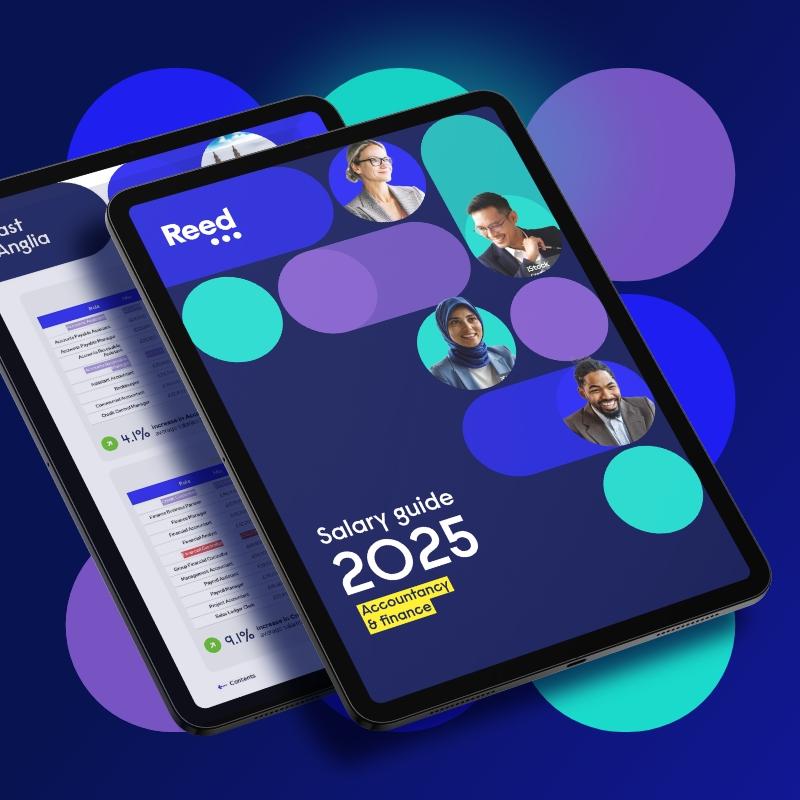With the nation working from home, people are relying on technology to communicate with their teams, and to speed up processes to implement company-wide remote working.
This makes effective IT systems more important than ever. Businesses will be spending less on travel and more on video conferencing technology, for example.
Flexibility and agility are the key at this time for any tech team. It goes without saying that your organisation must implement the agile framework if it hasn’t already -- at least temporarily. If that’s not possible, you will need to have a balance of both waterfall and agile frameworks.
Comparison
The agile framework values individuals and interactions over processes and tools, working software over comprehensive documentation, customer collaboration over contract negotiation, and responding to change over following a plan.
These are the fundamental differences between the traditional waterfall framework and the agile framework:
Waterfall
‘Plan the work and work the plan’
Plan for activities and tasks
Learn and document everything at the outset of the project
Resist changes to scope
All scope items must be delivered
Projects are organised like relay races, with scheduled hand-offs between groups
Quality assurance is performed at the end of the project
Agile
Plan, work and repeat
Plan for functionality
Respond to new information during the project
Welcome changes in scope
Functionality will be re-prioritised frequently by the business, and some functionality may never be developed
Projects are similar to scrums in rugby, as all team members work to move the ball down the field
Quality assurance is performed continuously
While the two management frameworks work in two different environments, agile seems to be the best for modern technology professionals to work with -- especially during this crisis. The agile framework is more reactive and far less structured than the waterfall system. It requires individuals to work based on problems or opportunities that arise, rather than a linear point A to point B system that never changes.
When waterfall was most prevalent, tech teams would have been in one office, so face-to-face communication was sufficient. Now, there are many verticals in tech which require more complex communication systems and collaboration.
Compliance
The banking industry may find it harder to introduce the agile framework, as it’s a high-compliance industry which requires companies to be more careful. This means most banks are still using the waterfall framework.
However, one company thriving and staying compliant while using an agile system is digital bank Monzo. The fintech company runs 1,600 microservices successfully. Some companies are reluctant to follow in Monzo’s footsteps, but it emphasises how a business can be compliant and agile in its project management systems. It uses an incremental approach to add services as and when it is possible.
Rather than making large changes occasionally, the company makes small changes regularly. Matt Heath, a senior engineer at Monzo, told the GCon conference in London:
"An iterative process is generally what we take to heart at Monzo, both from an infrastructure perspective but also from a product perspective. By making small changes, frequently, we make sure we are going in the right direction."
Compromise
Due to COVID-19, we now have an almost wholly remote workforce in the technology sector, which lends itself well to agile delivery methods. Implementing the agile framework will be more than just a technological change, it will be a cultural change. The impact is likely to last a long time, so the transition to agile may not be temporary and could see more businesses succeeding by being more reactive and collaborative than ever.
Changing the way you work can be difficult, but not impossible. Firstly, it doesn’t have to be a full transition. Hybrid agile-waterfall methods are being introduced by companies that must stay compliant with certain rules and structures. Agile systems can empower tech teams, but senior leadership who might be used to ‘command and control’ structures must be open to these changes.
While waterfall systems are not obsolete, and do work depending on the context of your business, it is clear that most companies need to be agile – at least for now. In the age of coronavirus, businesses need to react well to both unpredictable and inevitable changes.
If you’re looking for a new career opportunity, or a suitable tech candidate, Reed is still able to help. Contact your nearest Reed office, via phone or email now.



